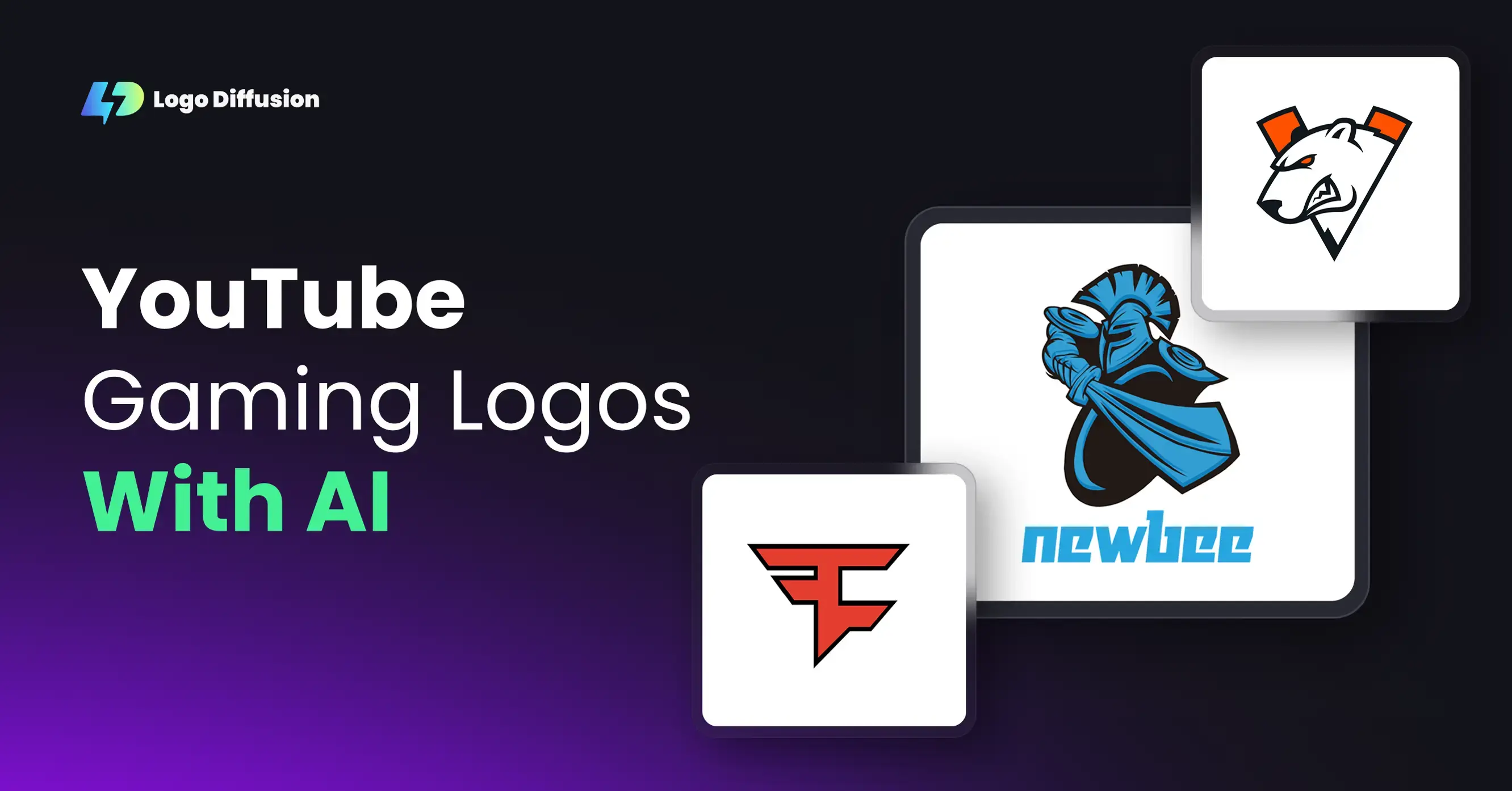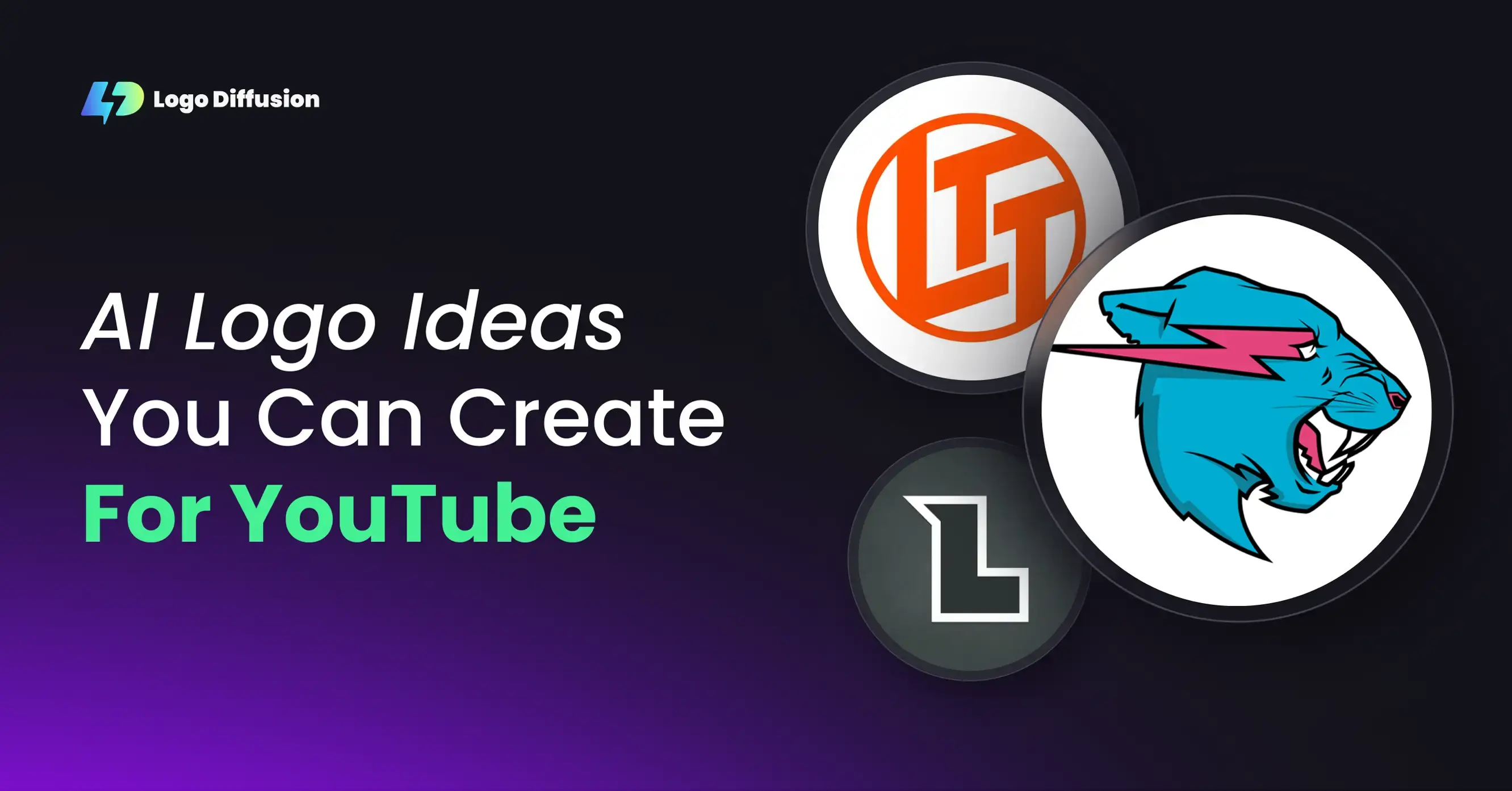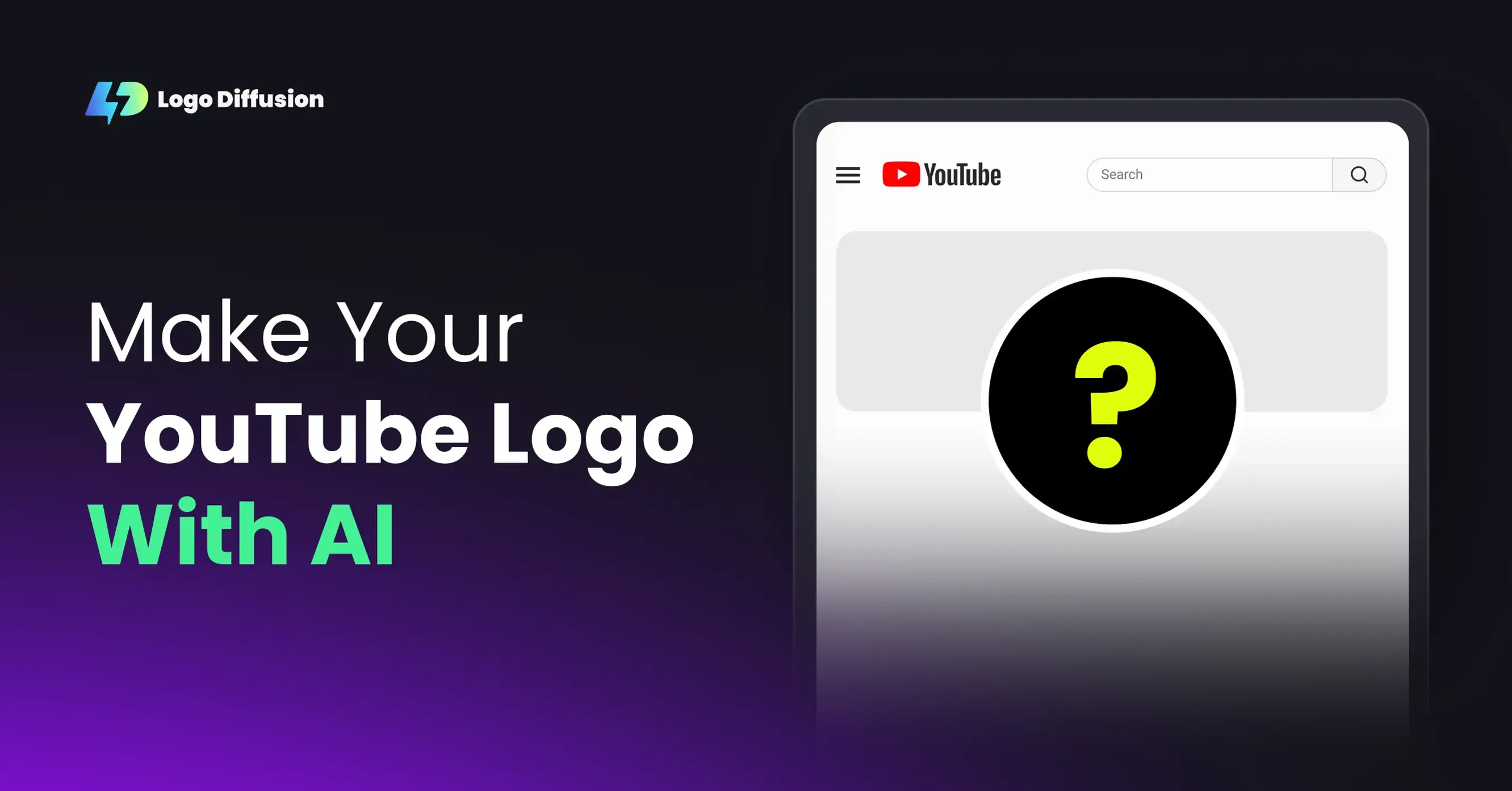

Want sharp, high-quality logos for any size or platform? You have two main options: AI-powered upscaling or manual design methods. Here’s a quick summary to help you decide:
- AI Upscaling: Fast, affordable, and requires minimal skills. Perfect for simple logos and quick results. Subscription plans range from $24 to $199/month, offering up to 4× resolution boosts with tools like smart vectorization and detail enhancement.
- Manual Upscaling: Time-consuming but precise. Ideal for complex, detailed logos or when creative control is critical. Requires advanced design skills and software expertise.
Quick Comparison
| Metric | AI Upscaling | Manual Upscaling |
|---|---|---|
| Speed | Minutes | Hours to days |
| Cost | $24–$199/month | Designer fees + software |
| Skill Needed | Basic technical skills | Advanced design skills |
| Output Quality | Algorithm-based | Precision by hand |
| Best For | Fast, bulk tasks | Detailed, custom designs |
Key Takeaway: Use AI for speed and cost-efficiency. Choose manual methods for precision and creative control. Or combine both for the best results.
AI Logo Upscaling Methods
AI Upscaling Technology
AI-driven logo upscaling uses machine learning to enhance logo images while keeping their design intact. It analyzes the pixels of an image and predicts additional details as the image is enlarged. This ensures clean edges, sharp text, and accurate shapes. The process revolves around three main techniques:
| Process | Description | Output |
|---|---|---|
| Detail Enhancement | Examines pixels to fill in missing details | Cleaner lines and sharper edges |
| Smart Vectorization | Converts raster logos into scalable vector formats | Unlimited scaling without losing quality |
| Resolution Boost | Enlarges images while maintaining clarity | Images up to 4x larger with preserved detail |
Benefits of AI Methods
AI upscaling simplifies the logo design process and saves time, especially for businesses working on tight schedules or budgets. For example, the Creative Upscaler feature in Logo Diffusion offers instant 4x upscaling, enhancing details automatically. This allows users to quickly create multiple logo variations with minimal effort. Some standout advantages include:
- Quickly generate logos in various sizes with a single click
- Preserve sharp details across all dimensions
- Affordable pricing: Subscription plans range from $24 to $199 per month, catering to different business needs
Limitations of AI Methods
While AI upscaling has come a long way, it can struggle with complex patterns, detailed designs, or maintaining text clarity. Certain artistic effects may also not translate perfectly. To overcome these challenges, tools like Logo Diffusion offer features like vector export and style transfer for manual adjustments. For the best results, businesses should:
- Start with the highest-quality original logo file
- Export designs in vector format
- Combine AI enhancements with manual tweaks
- Fine-tune settings to meet specific design needs
Manual Upscaling Methods
Tools and Techniques for Manual Upscaling
Manual logo upscaling relies on professional software to refine details through vector tracing and pixel adjustments. Here’s how different tools are used:
| Tool Type | Primary Functions | Best For |
|---|---|---|
| Vector Software | Creating paths, adjusting anchor points, and shapes | Clean, geometric logos |
| Raster Editors | Editing pixels and tweaking resolution | Complex gradients and effects |
| Drawing Tablets | Hand-drawn refinements and adding custom details | Artistic elements and textures |
These tools give designers precise control, though they come with their own set of challenges.
Advantages of Manual Upscaling
Manual upscaling is ideal when precision and creative control are essential. Designers can ensure the logo aligns perfectly with brand standards while maintaining design integrity. Some key benefits include:
- Precise shape adjustments: Curves and angles can be fine-tuned for perfect geometry.
- Enhanced details: Designers can improve individual elements without affecting the overall design.
- Creative control: Every artistic decision is in the hands of the designer, allowing for unique modifications.
Challenges in Manual Upscaling
While offering great control, manual upscaling comes with obstacles that need careful attention. Here are some common challenges and ways to address them:
| Challenge | Impact | Suggested Approach |
|---|---|---|
| Time Investment | Complex logos require significant time to refine | Break the work into smaller, focused sessions |
| Learning Curve | Tools and techniques take time to master | Start with simpler designs to build skills |
| Consistency | Maintaining uniform quality across variations | Use detailed style guides for consistency |
This method demands technical expertise and a keen eye for detail. Designers must carefully balance quality expectations with deadlines and budgets, often requiring a significant time commitment to produce professional outcomes.
sbb-itb-384f04f
AI vs Manual: Direct Comparison
Comparison Metrics
The table below highlights key differences between AI and manual upscaling methods:
| Metric | AI Upscaling | Manual Upscaling |
|---|---|---|
| Processing Time | Handles batches in 2-5 minutes | Takes several hours per project |
| Cost | Around $0.048 per logo for bulk processing | Higher costs due to project-based billing |
| Skill Requirements | Basic computer and platform knowledge | Requires advanced design skills and software expertise |
| Quality Control | Results depend on algorithms and presets | Allows full creative control and precision |
| Output Format | Automatically generates vector exports | Involves manual creation and refinement |
| Resolution | Upscales up to 4× with added detail | Unlimited scaling with vector formats |
| Batch Processing | Supports batch processing | Limited to one design at a time |
This comparison helps identify when each method is most effective, as explored below.
Best Uses for Each Method
The metrics above suggest different scenarios where each method shines:
- AI Upscaling: Ideal for startups or small businesses needing fast results. It works well for geometric designs and rapid prototyping, offering up to 4× upscaling with added details.
- Manual Upscaling: Best for intricate, artistic logos or brand-critical projects where precision and exact specifications are essential.
- Hybrid Approach: Start with AI for initial upscaling, then refine manually for the best of both worlds.
Your choice should align with your deadlines, budget, and quality expectations.
What's Next in Logo Upscaling
New AI Developments
AI technology is making big strides in logo upscaling, especially in preserving fine details and converting designs into vector formats. Recent advancements now allow for up to 4× enhancement with better recognition of intricate elements, making it ideal for more complex logos.
Features like automated style transfer and improved vector exports are helping achieve sharper results and more precise designs. At Logo Diffusion, tools like our Creative Upscaler are built to integrate these advancements, giving designers access to cutting-edge capabilities.
Combining AI and Manual Work
Blending AI tools with human expertise creates a balanced workflow that delivers both efficiency and creativity:
| Stage | AI Role | Manual Role |
|---|---|---|
| Initial Upscaling | Automated 4× enhancement | Quality assessment |
| Vector Conversion | Automated .SVG generation | Fine-tuning paths |
| Style Application | Automated style transfer | Custom adjustments |
| Final Output | Background removal | Professional refinements |
This approach ensures that businesses can achieve high-quality results by combining the speed of AI with the precision of manual adjustments.
Tips for Business Users
Businesses can take full advantage of these tools by focusing on a few key areas:
-
Start with Clear Objectives
Define your specific needs for logo applications, such as resolution, file formats, and usage scenarios. This helps in selecting the right mix of AI and manual techniques. -
Budget Planning
AI-powered upscaling solutions come with flexible pricing options, making them accessible for businesses of any size. -
Quality Control Process
Set up a clear review process to ensure your logos meet professional standards:- Check for sharp edges and preserved details.
- Verify color accuracy across formats.
- Inspect vector paths for smoothness and optimization.
- Test logos in different sizes and use cases.
Knowing when to lean on AI for speed and when to refine manually is key to maintaining consistent, high-quality branding. By following these steps, businesses can make the most of both approaches.
AI vs. Manual Upscaling: Key Takeaways
AI and manual upscaling each bring distinct advantages to the table, depending on your project's needs.
Comparing the Two Approaches
Here’s a quick breakdown of how they differ:
- Speed: AI completes tasks in minutes, while manual work can take hours.
- Control: AI automates preservation, but manual methods give you full creative control.
- Output: AI delivers instant vector files; manual work allows for tailored designs.
- Cost: AI is affordable with predictable pricing, whereas manual costs vary by project.
- Best Use Cases: AI is ideal for high-volume tasks, while manual methods shine when precision and refinement are required.
Choosing the Right Method
Your decision should depend on a few key factors:
- Project Size: For bulk tasks or quick turnarounds, AI is the go-to. For intricate designs like custom logos, manual methods are better.
- Technical Needs: If you need automated vector conversions or background removal, AI is a solid choice. For specific design tweaks, manual work is the way to go.
- Budget: AI is a cost-effective option for frequent upscaling. Manual methods are better suited for projects with larger design budgets.
Elevate Your Brand with the Ultimate AI Logo Maker




































.png)




